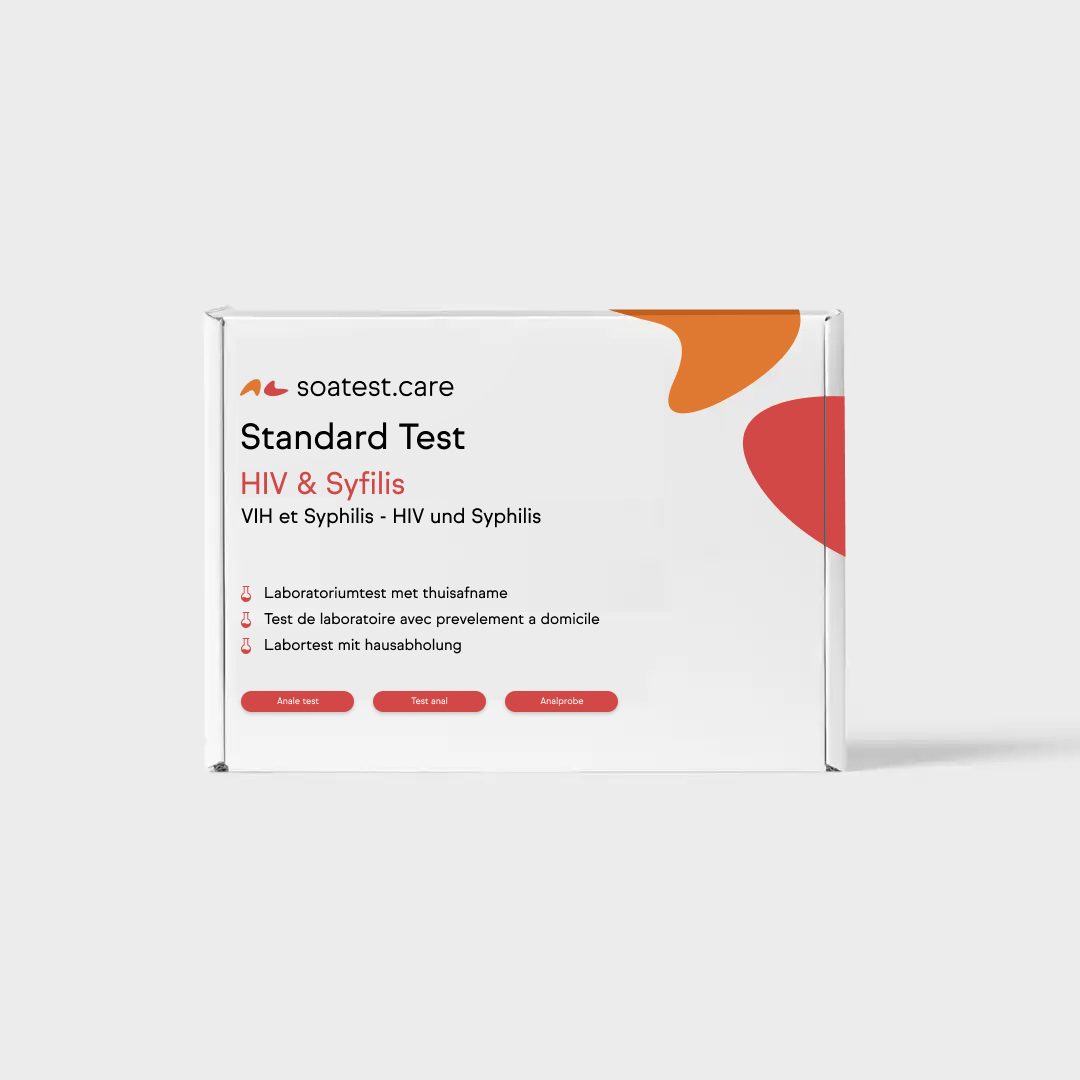Not all STDs are created equal
The infectivity of sexually transmitted diseases (STDs) can vary greatly depending on several factors. While some STDs, such as HIV, have a relatively low chance of transmission per exposure, others, such as genital herpes, can be transmitted much more easily. This article sheds light on the various factors that contribute to how infectious an STD can be.
The influence of health status on infectivity
A person's general health plays a crucial role in the infectiousness of STDs. A weakened immune system, often the result of another disease or condition, can increase the likelihood of contracting and transmitting STDs. The presence of other infections, such as a pre-existing STD, can also increase susceptibility to new infections.
How duration and nature of sexual contact affect risks
The duration of sexual contact and the frequency with which sexual activity occurs can also affect the risk of transmission of STDs. Prolonged contact or frequent sexual relations with multiple partners increase exposure to potential infections, increasing the risk of contracting an STD.
The role of sexual techniques in the transmission of STDs
Different sexual practices carry different risks of transmission of STDs. For example, unprotected intercourse and contacts involving the release of bodily fluids carry a higher risk than other practices. The use of barriers such as condoms can significantly reduce this risk, but no single method is 100% effective in preventing the transmission of all types of STDs.

